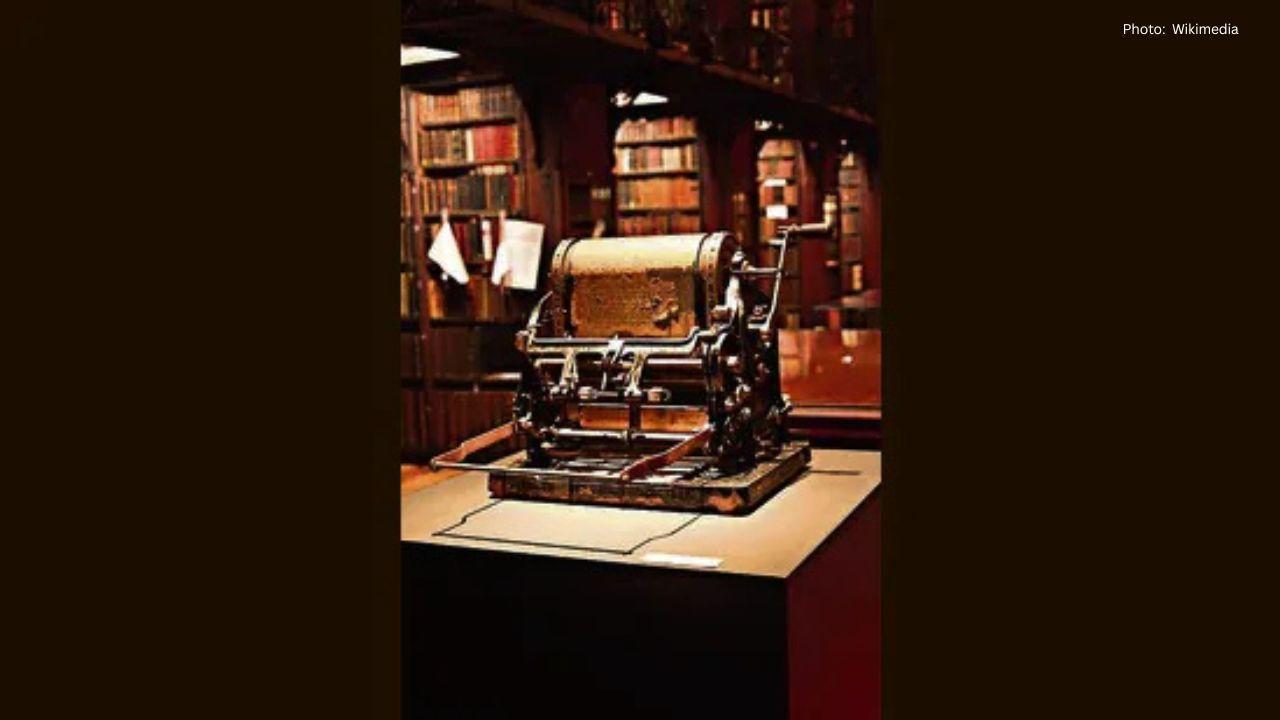
Post by : Saif Nasser
While carbon paper might seem outdated, its journey remains vital to the tools we utilize today. For instance, the “CC” line in emails traces back to the era of carbon paper, which facilitated duplicate copies long before digital solutions emerged.
In a time devoid of laptops and digital files, replicating documents demanded manual effort with actual paper and adhesive. Back then, editors and newspaper workers relied on bromides. When they needed to amend an error or update an image, they ingeniously cut and pasted pieces onto the final layout. This is the origin of the term “cut and paste”—all purely analog.
Throughout the early 20th century, various innovations aimed to streamline copying processes. Photostats emerged in the 1900s, employing light projection for document duplication, followed by the advent of copy machines popularized by Xerox in the 1950s.
Yet, these machines didn't appear out of thin air. Prior to their invention, individuals operated hand-cranked “cyclostyle” devices in the 1880s, which used stencils to replicate text—precursors to today's inkjet printers. This unique machine was responsible for both crafting the stencil and producing copies, illustrating its innovative charm at the time.
Typewriters also played a role in copying, but producing multiple versions meant tedious repetition. The inaugural typewriter, developed by Christopher Sholes in the 1860s, laid the groundwork for the familiar qwerty keyboard we know today.
Even before the typewriter became mainstream, carbon paper was revolutionary. Situated between two sheets of paper, the pressure from writing on the upper sheet enabled an instant copy to be made below. This economical and user-friendly innovation required neither power nor machinery.
Today, despite appearing somewhat antiquated, carbon paper still finds utility in receipt books, shipping manifests, legal documents, and various applications where duplicate records are essential sans digital intervention. Artists also value it for tracing. In countless localities worldwide, carbon paper continues to serve as a handy tool.
Although technology has made significant leaps, carbon paper's legacy persists in our daily lives. The “carbon copy” feature in modern emails serves as a tangible reminder of a time when duplication was a wholly manual task. The innovations that succeeded carbon paper, including typewriters and photocopiers, have dramatically influenced the digital landscape we navigate today.
In essence, carbon paper, a seemingly simple invention, leaves an enduring imprint on communication, office practices, and printing technology, bridging the historical divide and illustrating how small innovations can transform societal operations across generations.










Curry Powers Warriors to Nail-Biting 109-108 Victory Against Spurs
Stephen Curry's 49 points propel the Warriors to a dramatic 109-108 NBA Cup triumph over the Spurs,

India Advances to Semi-Finals After Thrashing USA in Women’s Blind T20 World Cup
India secured a dominant ten-wicket victory over the USA, advancing to the semi-finals in the Women’

South Africa's Early Advantage as India Struggles on Day Two
On Day Two, India reached 138-4 as South Africa took three early wickets, complicating matters with

Kenta Nishimoto Defeats Lakshya Sen in Japan Masters Semifinal
Lakshya Sen's journey in the Japan Masters ends after losing to Kenta Nishimoto 19-21, 21-14, 12-21

Kenta Nishimoto Defeats Lakshya Sen in Japan Masters Semifinals
Lakshya Sen's run at the Japan Masters concludes with a loss to Kenta Nishimoto in the semifinals, 1

Major IPL Trade: Jadeja Joins Royals as CSK Signs Samson
In a significant IPL trade, CSK has acquired Sanju Samson from Rajasthan Royals in exchange for Ravi